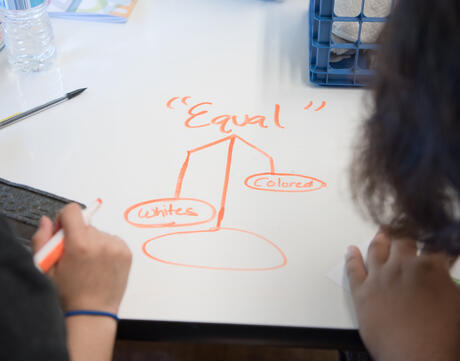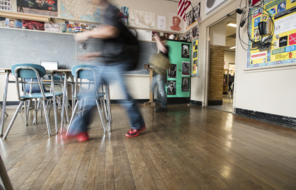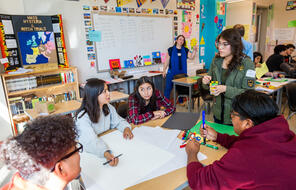
Responding to Unfairness and Injustice
Subject
- English & Language Arts
Grade
6–12Language
English — USPublished
Overview
About This Learning Experience
Unfairness, exclusion, and injustice are part of many students’ everyday experience on some level. So when these themes appear in literature, there is a valuable opportunity for students to make connections between their experiences and the text, and to carry over some of what they learn in class into their own lives. Often when students think about acts of unfairness or injustice, they divide those involved into two groups: the targets (or victims) and the perpetrators. Yet it is important for them to consider other responses that can contribute to the prevention or perpetuation of injustice. For example, a bystander is someone who witnesses or knows about an act of injustice but chooses to do nothing. Alternatively, when confronted with an unjust act, an ally offers support in large and small ways, while an upstander takes steps to prevent or stop it from continuing.
The following learning experiences can help students develop the vocabulary to talk about the range of human responses to injustice and then apply these labels to their analysis of a work of literature. When students develop the vocabulary to reflect on moments that call for acts of courage and kindness, they are better able to grapple with the complexity of the choices and decisions they will encounter, both in literature and in their own lives.
Preparing to Teach
A Note to Teachers
Before using this learning experience, please review the following information to help guide your preparation process.
Procedure
Activities
Materials and Downloads
Quick Downloads
Unlimited Access to Learning. More Added Every Month.
Facing History & Ourselves is designed for educators who want to help students explore identity, think critically, grow emotionally, act ethically, and participate in civic life. It’s hard work, so we’ve developed some go-to professional learning opportunities to help you along the way.
Exploring ELA Text Selection with Julia Torres
On-Demand

Working for Justice, Equity and Civic Agency in Our Schools: A Conversation with Clint Smith
On-Demand

Centering Student Voices to Build Community and Agency
On-Demand













